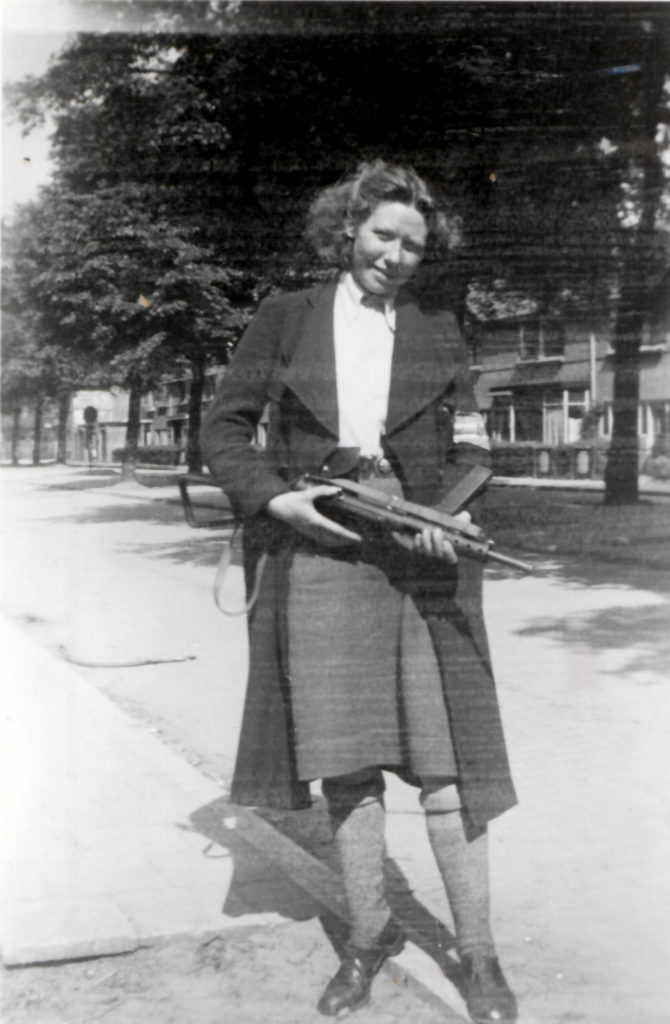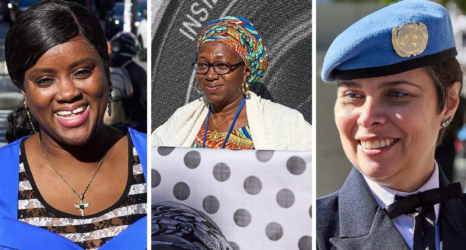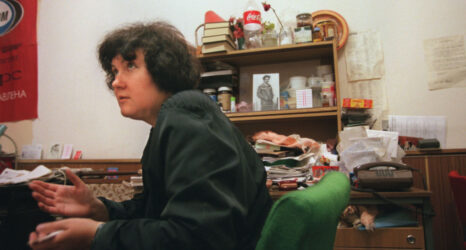I was in desperate need of strong female role models as a teenager. Luckily, that was right around when I learned about famous Dutch resistance fighters Hannie Schaft and Truus and Freddie Oversteegen—who were just teenagers when they took up arms against Nazi occupiers during World War II.
Gender became an advantage for the three girls. They were less likely to rouse suspicion than their male counterparts, and could easily ride their bicycles without being stopped, which allowed them to transport illegal newspapers and even weapons. They could walk hand-in-hand with Jewish children, giving them escort to safe houses while appearing as innocent as an older sister walking with a sibling.
And they could leverage their youth and beauty as a “secret weapon”—dressing up and applying eye-catching makeup in order to seduce high-ranking Nazi officers, coax vital intelligence out of them and, occasionally, lure them into the woods and kill them.

The hazardous missions the three female combatants bravely carried out weren’t just logistically complex—they were mentally difficult as well. Their main challenge was to remain human in inhuman circumstances.
Truus later explained her position, comparing the Nazi regime to “cancerous tumors in society that you had to cut out like a surgeon.” There was no legal system in place that would condemn these crimes against humanity, which led to what would later be known as one of the world’s worst genocides. For Hannie, Truus and Freddie, there was no other solution than to resist, fighting fire with fire. “That is the cruelty of war,” Truus told me.

And after the war, when Hannie Schaft became an icon, like Anne Frank, and a major symbol of female resistance, Truus and Freddie were sometimes forgotten or overlooked—particularly Freddie, who was the youngest member of the trio and the longest surviving.
The outcomes for these fighters were cruel, too. Hannie, who looked forward to a world after the war working for the League of Nations in Geneva, was executed by the Nazis just three weeks before it ended. Both Oversteegen sisters survived, but lived with the burden of their experiences for the rest of their lives—forever haunted by the demons of their past. They both dealt with their pasts very differently: Truus expressed herself through art and public speaking, whereas Freddie lived a more secluded life, focusing on her family.
Freddie passed away in September 2018, one day shy of her 93rd birthday and two years after her sister, whom she felt had overshadowed her. Truus had received many awards for her resistance. When Hannie was posthumously honored by the Queen of the Netherlands, she accepted the award on her behalf.
But while all that in itself was very frustrating, Freddie’s major complaint was bigger than her or her own story. Despite the dangerous and important work women like Hannie, Truus and Freddie did during this war, they were still not honored as men had been.
“Women don’t count,” Freddie elaborated. “They still don’t. That hasn’t changed.”
But almost 75 years after the end of World War II, while we are still fighting for gender equality and wars are raging like never before, something is markedly different. There is a desire to unite, combat injustice and strive for enduring peace—and there are more young women on the frontlines.
That’s partly because an entire generation of girls grew up in a world less dominated by men—and more populated by the stories of heroes like Hannie, Truus and Freddie.





